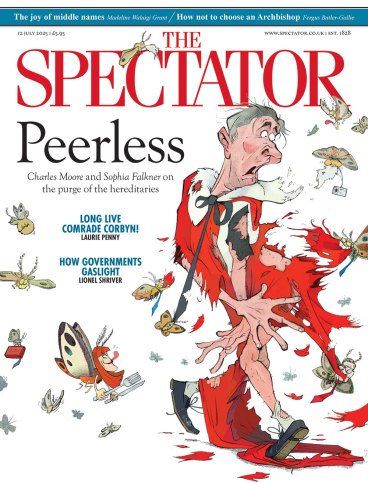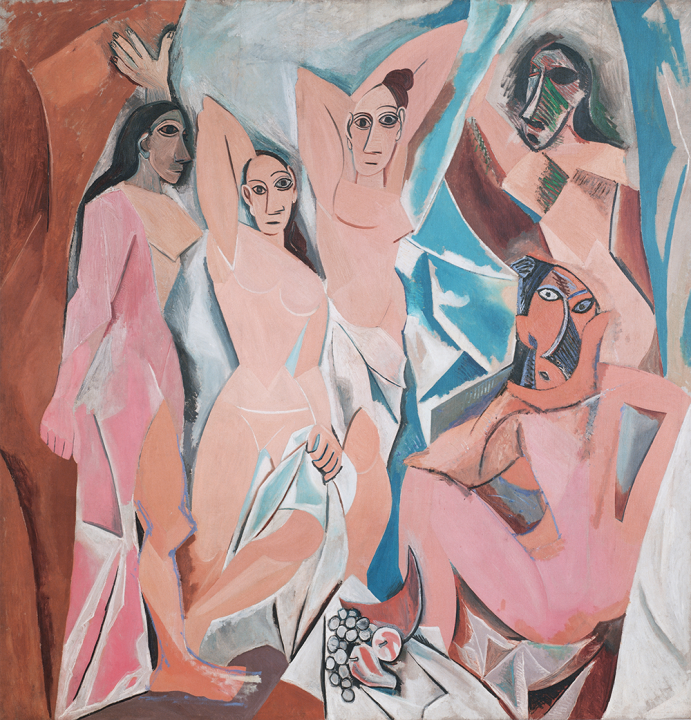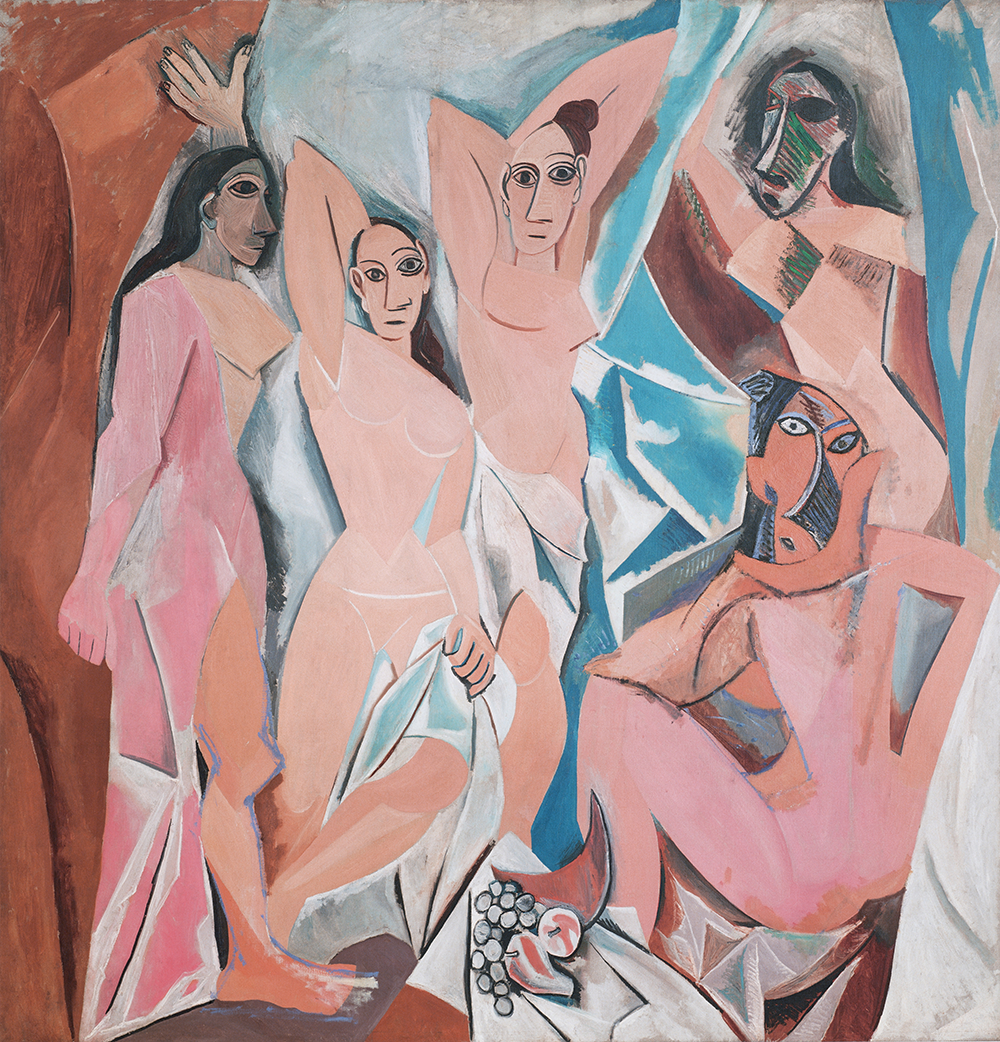
In The Art of the Novel, Milan Kundera writes, witheringly: ‘we must reckon with the modernism of fixed rules, the modernism of the university – establishment modernism, so to speak.’ He is addressing the novels of Hermann Broch, which, he argues, don’t fit the standardised mould. ‘This establishment modernism, for instance, insists on the destruction of the novel
form. In Broch’s perspective, the possibilities of the novel form are far from being exhausted. Establishment modernism would have the novel do away with the artifice of character, which it claims is finally nothing but a mask pointlessly hiding the author’s face. In Broch’s characters, the author’s self is undetectable.’
Several comfortable, undisputed, widely accepted ideas about modernism are contradicted by the practice of leading modernists. Kundera is also sceptical about modernism’s alleged clean break with the literature of the past. He is right.
T.S. Eliot, too, has a more complicated view of the modern writer’s relationship to the past: ‘what happens when a new work of art is created is something that happens simultaneously to all the works of art which preceded it. The existing monuments form an ideal order among themselves, which is modified by the introduction of the new (the really new) work of art among them.’ What does this imply? You can only modify the literature of the past if you issue out of the literature of the past – if you develop an aspect latent in the literature of the past.
Another instance: fragmentation of form. Joyce’s Ulysses has an intricate plan of Homeric parallels. These are spelled out in the Linati schema – along with an organ, an art, a colour, a theme for each episode – released by Joyce to help his readers appreciate the novel’s complex structure.
The most fragmented section is Molly Bloom’s (virtually) unpunctuated soliloquy, but its formlessness is dictated by a Homeric parallel – Penelope unravelling her tapestry every night, to postpone making a choice between her suitors, a decision to be taken once her tapestry is complete.
The first world war is commonly assumed to be the midwife of modernism – a four-year cataclysm that is bound to have had a significant effect on literature. Malcolm Bradbury’s introduction to Catch-22: ‘War shattered older notions of art, of form and representation; it had transformed older notions of reality, the rules of perception, the structures of artistic expression. It fragmented, hardened, modernised the voice of modern fiction…’ Funny how the hundred years’ war, say, had so little effect on art.
Several widely accepted ideas about modernism are contradicted by the practice of leading modernists
Bradbury, of course, can anticipate the obvious objection – inconvenient chronology – and he does so, raising his voice: ‘It is true that the real avant-garde revolt of the modern had begun earlier in the century… Thus the avant-garde experiments of modern painting, writing, architecture and philosophy, and the powerful movements and campaigns that developed them (cubism, expressionism, futurism and so on), mostly came before the war. They upset the classic orders of the arts, broke the frame of realism, rendered art neo-mechanical, fragmentary and abstract. But it took the war itself to ensure the inevitability of their revolt (my italics).’ Good to know the first world war was multitasking – not just killing millions and redrawing the borders of Europe, but making a contribution to the arts in its spare time.
Two points. Picasso’s ‘Les demoiselles d’Avignon’ was painted in 1907. This is Ezra Pound writing to Harriet Monroe about Eliot’s ‘The Love Song of J. Alfred Prufrock’: ‘He has actually trained himself and modernised himself on his own… It is such a comfort to meet a man and not to have to tell him to wash his face, wipe his feet, and remember the date (1914) on the calendar.’ The war, then, is definitively late to the party.
About ‘Prufrock’, E.M. Forster had this to say in 1928: ‘Here was a protest, and a feeble one, and the more congenial for being feeble. For what, in that world of gigantic horror, was tolerable except for the slighter gestures of dissent? He who measured himself against the war, who drew himself to his full height, as it were, and said to Armadillo-Armageddon “Avaunt!” collapsed at once into a pinch of dust. But he who could turn aside to complain of ladies and drawing rooms preserved a tiny drop of our self-respect, he carried on the human heritage.’ The first world war comprehensively snubbed.
Academics, from George Steiner to Helen Gardner, have a weakness for the ramped rhetoric of thought, for bigging things up. Gardner’s reading of Prufrock’s ‘overwhelming question’: ‘The question that Mr Prufrock dare not ask is only superficially the kind of question which one “pops”. There is another question all the time, which every other question depends on.’ Which is? She doesn’t tell us: ‘we are aware of the “sense of the abyss”. There is an “overwhelming question”, which is not being asked; which one dare not ask, for perhaps there is no answer or only such an answer as it would be better not to know…’
A question so polyamorphous that, as Eric Morecambe used to say, ‘There’s no answer to that.’








Comments